A beautifully detailed and quite exceptionally finished fully working live steam 1/8 scale model of the Baldwin-built variant of the classic 'American' style 4-4-0 of circa 1870, offered in fully decorated deep red livery, extensively embellished, as UPPR No.7. This model, whose original builder is unknown and died before its completion, was finally comleted to its present immaculate state (including the hand applied paintwork) by F.H. Lambert in 1986, and typifies what was undoubtedly the most architypal North American steam locomotive design of the nineteent century (see below). The model is significant in two principle respects: firstly in terms of its extreme technical excellence and accuracy to prototype as far as the overall workmanship is concerned; secondly by virtue of the quite extraordinary attention given to what might be regarded as more cosmetic aspects of the design but which were consideration importance at the period when the prototypes were in use. The engine itself is carried upon correctly fashioned bar frames fitted with appropriate wheels which, in the case of the driven examples, have also been given 'correct-to-prototype' shrunk-on tyres. The leading 'pilot' (carrying) wheels, arranged in the form of a four-wheel 'bogie' ('truck' in American parlance), are prototypically cast solid, while the fully working outside working motion is made from machined steel to the highest standard, actuated by a correct to pattern lever reverse mechanism in the cab linked to the authentically styled and fully accurate Stephenson's link valve gear, set between the frames. The boiler is fed by means of a hand feed pump in the tender together with two accurately modelled crosshead feed pumps, driven by the engine itself when in motion. Floor controls in the cab control the injector feed and the feed pump by-pass while there is a properly modelled double-plunger mechanical lubricator in the cab (one plunger per cylinder) on the left hand side. Steam brake, blower and injector control valves are also provided in the cab, together with fully working cab-actuated cylinder drain cocks. The engine is driven via a properly modelled 'pull-out' regulator and the boiler back plate has a proper water gauge complete with working test cocks. The tender water connections are fully compatible with these various controls and the model is coal-fired. The cab contains a fully functional pressure gauge (the boiler is designed to 'blow-off' at 90psi) and the boiler is fitted with a single functional safety valve of what (without testing) seems to be of the modern 'pop' type, cleverly disguised (cosmetically) as a more correct to prototype 'lifting' type lever safety valve. The internal fire tubes are of approx. in. diameter (ie over scale in relation to prototype), the model being designed from the outset to be fully working. The model has been 'test steamed' and we are informed that the boiler has recently been hydraulically tested. Thus there is no reason why this fine model could not be maintained in full working order if so desired. Additionally significant is the dedicated attention which has been given to the many 'cosmetic' aspects of th ensemble in two main categories - structural and paintwork. As far as the former are concerned, almost all the platework is of turned or sheet brass and made with the greatest of care (gold plated to retain colour where the original was highly polished). As an example, valve chest and dome covers are removeable (revealing the 'working' - ie more practical - machined steel components beneath), while much cosmetic brass platework is hand-fabricated to shape and subsequently silver-soldered. Pipework is of pink gold - again to retain an ex-works appearance - while the cab panels (made in wood and very much a feature of this type of locomotive) are exquisitely made, the choice of wood and the rendering of the various joints being near-perfect. The cab-roof itself, though made of metal, is covered (correctly
A beautifully detailed and quite exceptionally finished fully working live steam 1/8 scale model of the Baldwin-built variant of the classic 'American' style 4-4-0 of circa 1870, offered in fully decorated deep red livery, extensively embellished, as UPPR No.7. This model, whose original builder is unknown and died before its completion, was finally comleted to its present immaculate state (including the hand applied paintwork) by F.H. Lambert in 1986, and typifies what was undoubtedly the most architypal North American steam locomotive design of the nineteent century (see below). The model is significant in two principle respects: firstly in terms of its extreme technical excellence and accuracy to prototype as far as the overall workmanship is concerned; secondly by virtue of the quite extraordinary attention given to what might be regarded as more cosmetic aspects of the design but which were consideration importance at the period when the prototypes were in use. The engine itself is carried upon correctly fashioned bar frames fitted with appropriate wheels which, in the case of the driven examples, have also been given 'correct-to-prototype' shrunk-on tyres. The leading 'pilot' (carrying) wheels, arranged in the form of a four-wheel 'bogie' ('truck' in American parlance), are prototypically cast solid, while the fully working outside working motion is made from machined steel to the highest standard, actuated by a correct to pattern lever reverse mechanism in the cab linked to the authentically styled and fully accurate Stephenson's link valve gear, set between the frames. The boiler is fed by means of a hand feed pump in the tender together with two accurately modelled crosshead feed pumps, driven by the engine itself when in motion. Floor controls in the cab control the injector feed and the feed pump by-pass while there is a properly modelled double-plunger mechanical lubricator in the cab (one plunger per cylinder) on the left hand side. Steam brake, blower and injector control valves are also provided in the cab, together with fully working cab-actuated cylinder drain cocks. The engine is driven via a properly modelled 'pull-out' regulator and the boiler back plate has a proper water gauge complete with working test cocks. The tender water connections are fully compatible with these various controls and the model is coal-fired. The cab contains a fully functional pressure gauge (the boiler is designed to 'blow-off' at 90psi) and the boiler is fitted with a single functional safety valve of what (without testing) seems to be of the modern 'pop' type, cleverly disguised (cosmetically) as a more correct to prototype 'lifting' type lever safety valve. The internal fire tubes are of approx. in. diameter (ie over scale in relation to prototype), the model being designed from the outset to be fully working. The model has been 'test steamed' and we are informed that the boiler has recently been hydraulically tested. Thus there is no reason why this fine model could not be maintained in full working order if so desired. Additionally significant is the dedicated attention which has been given to the many 'cosmetic' aspects of th ensemble in two main categories - structural and paintwork. As far as the former are concerned, almost all the platework is of turned or sheet brass and made with the greatest of care (gold plated to retain colour where the original was highly polished). As an example, valve chest and dome covers are removeable (revealing the 'working' - ie more practical - machined steel components beneath), while much cosmetic brass platework is hand-fabricated to shape and subsequently silver-soldered. Pipework is of pink gold - again to retain an ex-works appearance - while the cab panels (made in wood and very much a feature of this type of locomotive) are exquisitely made, the choice of wood and the rendering of the various joints being near-perfect. The cab-roof itself, though made of metal, is covered (correctly

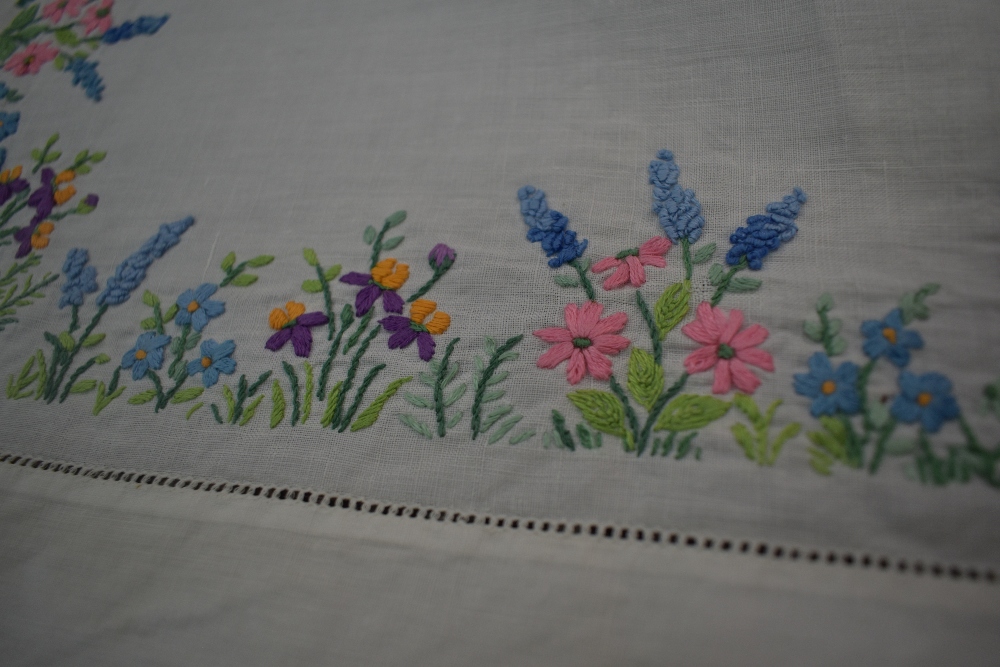






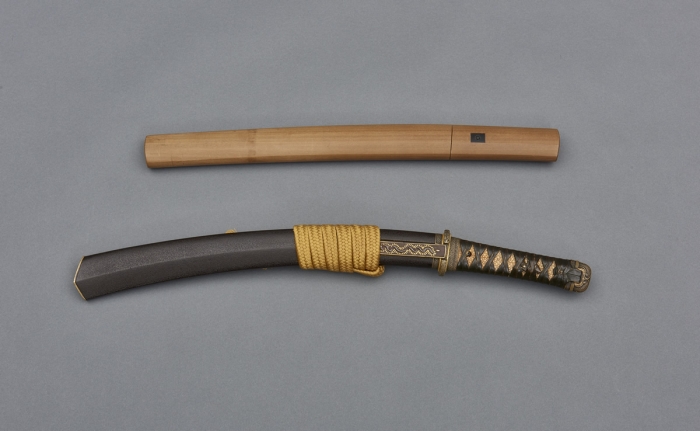
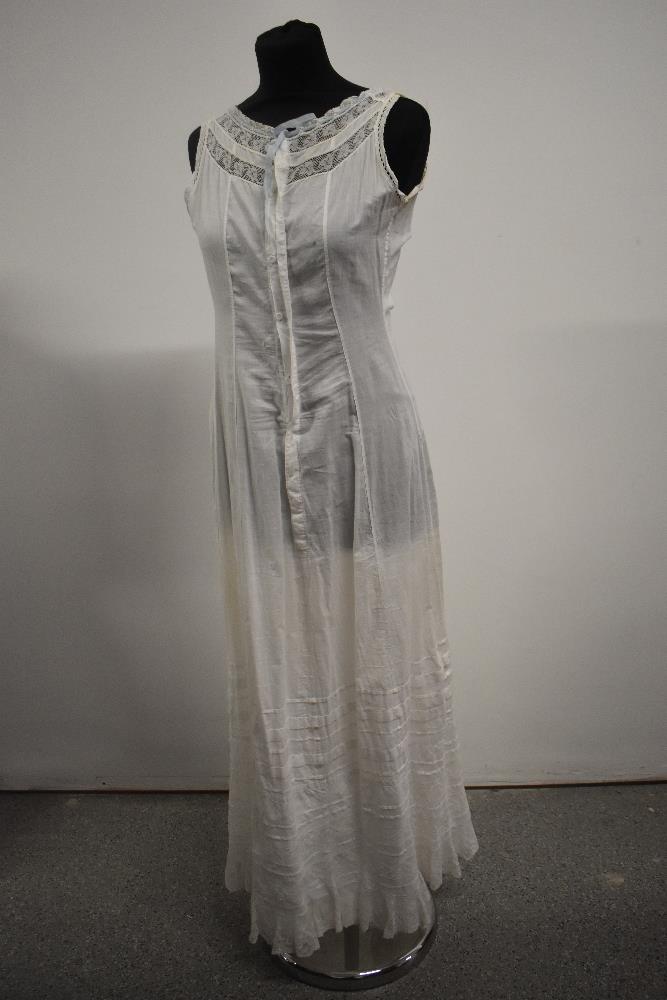

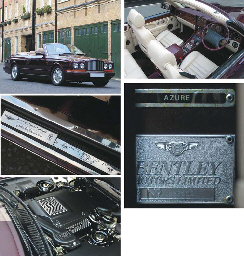


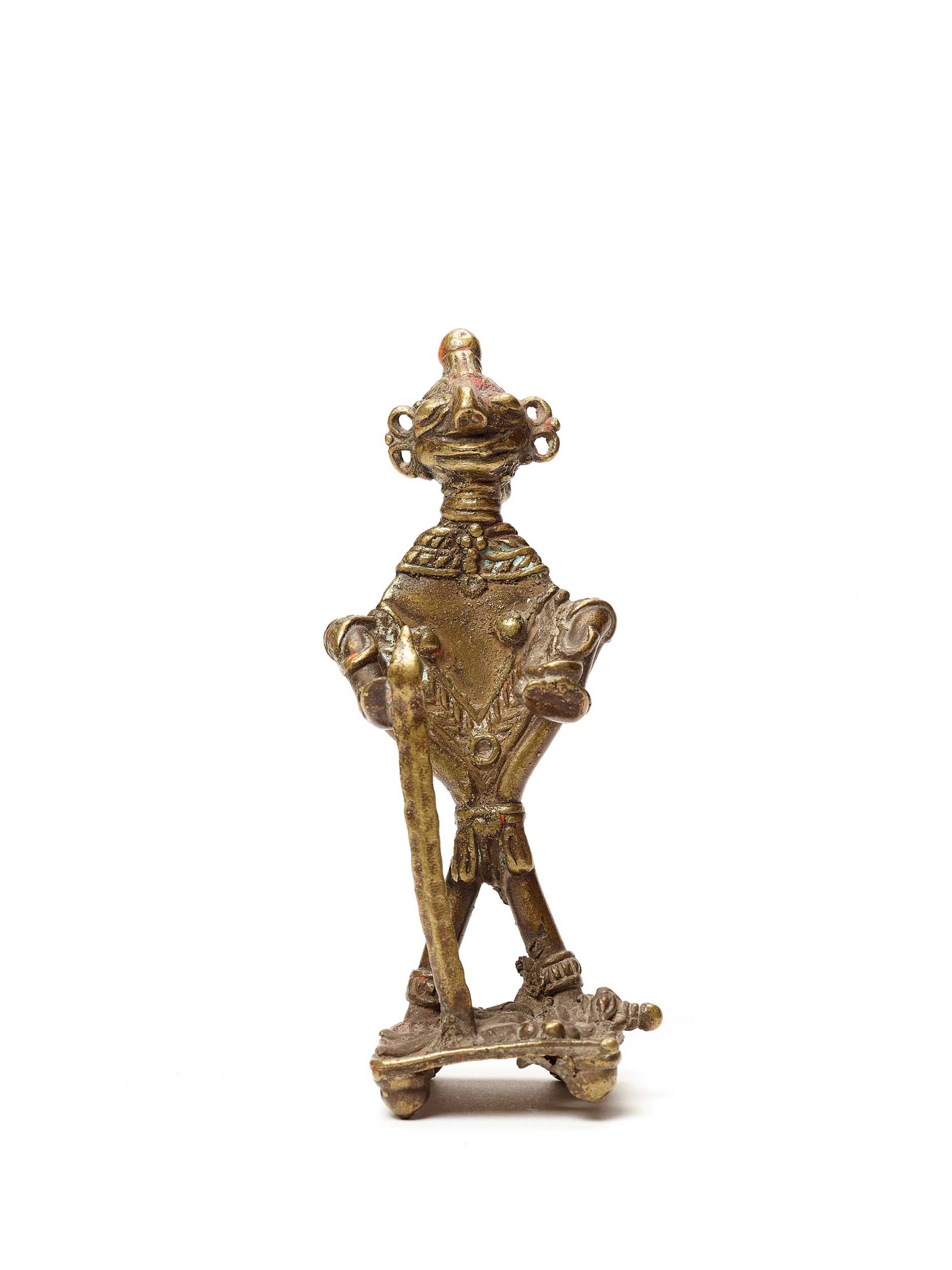
Try LotSearch and its premium features for 7 days - without any costs!
Be notified automatically about new items in upcoming auctions.
Create an alert